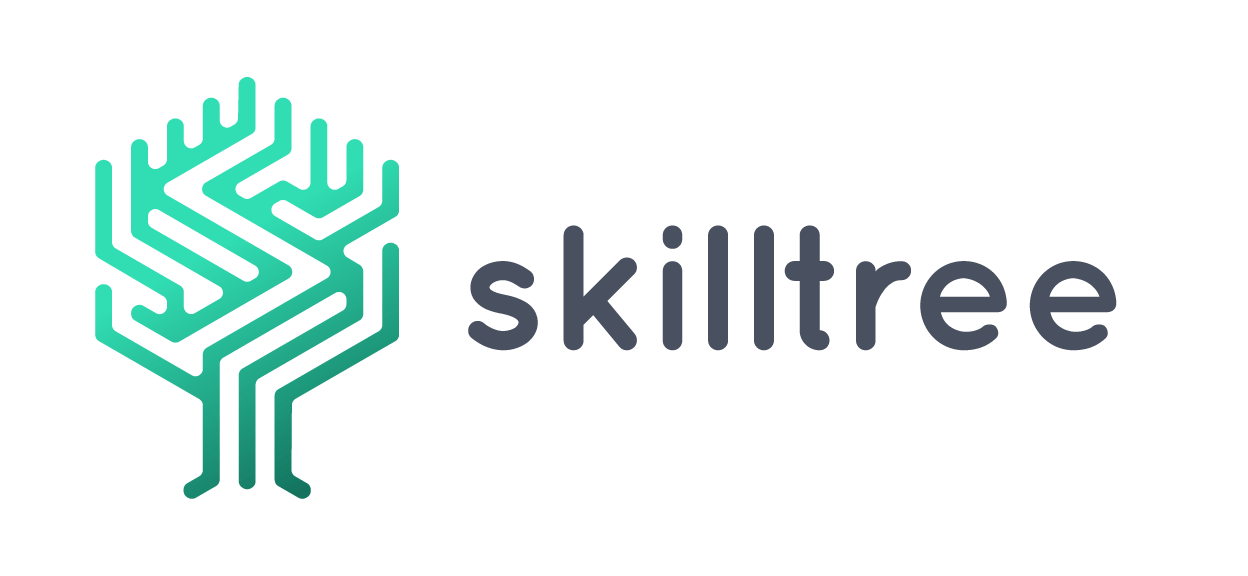Learning is like rowing against the current. As soon as you stop, you drift back. This also applies to knowledge in organizations. Knowledge or working methods are constantly changing. In order to remain competitive as a company, it is necessary to constantly develop the qualifications of employees. Continuing education or training planning is necessary to implement internal backfill or staffing as well as to support individual employee growth goals.
Definition of continuing education and training planning
Continuing education and training planning deals with both operational and strategic aspects of continuing education and training in an organization. The aim is to bring training in line with the corporate strategy and to develop appropriate training concepts.
In the course of further education and training planning, employees should obtain the qualifications necessary to achieve the company’s goals. Continuing education and training planning is primarily concerned with future scenarios based on an accurate assessment of the current state of skills.
Difference between advanced training and continuing education
The difference between continuing education and further education is that continuing education supplements existing knowledge or qualifications, while in further education new or additional qualifications are transferred.
Prerequisites for continuing education and training planning
One of the most important prerequisites for continuing education and training planning is to survey the current state of qualifications. You can think of it like managing a warehouse. It would not be economical to purchase new goods without first taking inventory. Skill management or competency management correspond to such an inventory.
Requirements for further training planning
Continuing education and training planning can be prioritized differently depending on the company. Requirements often depend on corporate goals and strategies. But certain requirements can be generally attributed to continuing education planning.
- Target-actual comparison In order to efficiently plan training and development for employees, it is necessary to compare existing qualifications with those that are still required to meet corporate objectives. A target-actual comparison is usually used for this purpose.
- Continuing Education Goals Ambitious or goal-oriented employees pursue certain goals in an organization. Be it new job roles, responsibilities or salary levels, those employees want to make a change in their career. For this, further training goals are necessary, which enable employees to acquire new qualifications. Those interests and goals should be captured in a training plan, either through employee interviews or surveys in a technical system.
- Career planning Employees who plan a career or a longer stay in one and the same organization need a concrete career planning. This shows employees what positions and roles you can grow into in the organization. By learning new skills, this allows you to take on new corporate roles. This career planning is ultimately linked to individual career management.
Involvement of employees
The planning of continuing education and training always directly affects employees. Because only through their active further education and training can a corresponding plan be implemented. However, the need to involve employees in the planning of training and development is often underestimated.
Self-determination and, to a certain extent, personal responsibility in the planning of further training can lead to a higher level of satisfaction and intrinsic motivation towards the work and its tasks. That personal responsibility and self-determination and its potential consequences are built on the concept of psychological empowerment from where New Work originated.
